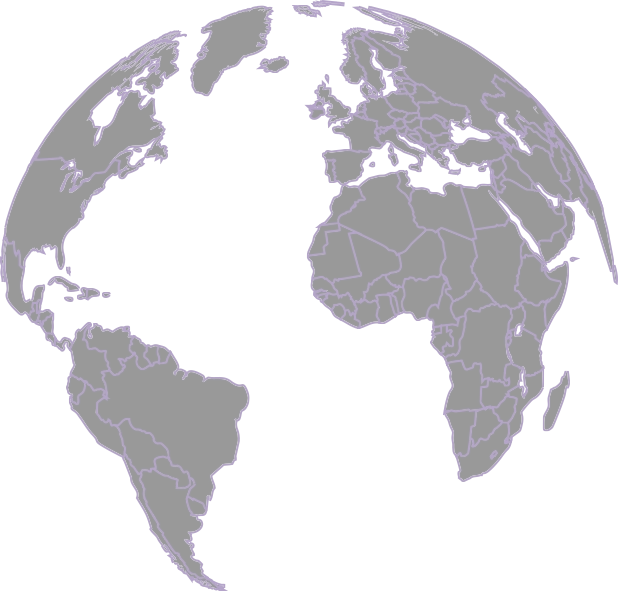Is fiber optic internet better than cable internet?
Knowing what is a fiber optic internet network helps to understand their advantages over copper cable internet. The optical fibers deliver more bandwidth since they transmit data through light, which means they can carry signals at higher speeds and with far less distortion than copper cables of the same diameter.
One optical fiber can carry 90,000 television channels and three million voice calls. Data can fly through fiber optic networks, which can also transmit light over very long distances. These fiber optic advantages mean there could be no modern, high speed internet without optical fiber. That’s why cities and governments are gradually replacing copper cable networks with fiber optic cable.
How does a fiber optic network work?
What are the types of fiber optic networks?
There are several kinds of fiber optic networks:
- Fiber to the home (FTTH): the fiber optic connection starts at the telecom operator’s central office and goes all the way to the user’s home. This technology offers the best performance.
- Fiber to the cabinet (FTTC): the fiber optic connection covers the section from the central office to the street cabinet, while the final connection from the cabinet to the home uses copper cables.
- Fiber to the tower (FTTT): the fiber optic connection links the primary telecommunications network to the cellular network towers.
Is a fiber optic network available in my area?
It’s easy to find out whether fiber optic is available in your area. There are three things you can do:
- Check with your current internet service provider (ISP). They will know if a high speed internet service is available in your area.
- Search your home for an ONT, or Optical Network Terminal. This is a small white plastic box attached to a wall in your home, garage or basement where the fiber connection enters your home.
- Find an ISP with a fiber plan. They can help you hook up to an optical fiber network.
What are the advantages of a fiber optic network?
The advantages of fiber optic cable are numerous: power, reach, speed, durability, reliability and security. These advantages mean they enable the transition to fully digitalized cities, businesses and homes, creating a more sustainable and circular way of life. Here’s a look at fiber optic advantages in detail:
- Resilience. Fiber optic cables are resistant to temperature shifts and severe weather conditions. They are lighter, thinner and sturdier than copper cables, and are less likely to break or get damaged.
- They are also more secure, because it is very difficult to intercept their transmissions. They are not affected by electromagnetic interference, which can disturb signals.
- Fiber optic cables can carry signals as far as 40 kilometers without signal degradation, while the maximum distance for copper cables is just under one kilometer.
- Fiber optic networks have low latency. In other words, they are fast. This rapid data transfer makes it possible to implement self-drive AI systems for cars or drones, telemedicine, national security, or to manage safety on building sites and work areas, to name a few.
- Better streaming and gaming. The higher data capacity of fiber optic networks means that they don’t get overloaded as easily as copper cable networks, so it’sfaster to download and stream your favorite films. And the stability of fiber means there are no “hiccups” to interrupt gaming at the wrong moment.
- Smart homes. Fiber optic networks are robust enough to support your home office, stream your favorite films, and connect to Internet of Things (IoT) devices like thermostats, alarms and home appliances.







